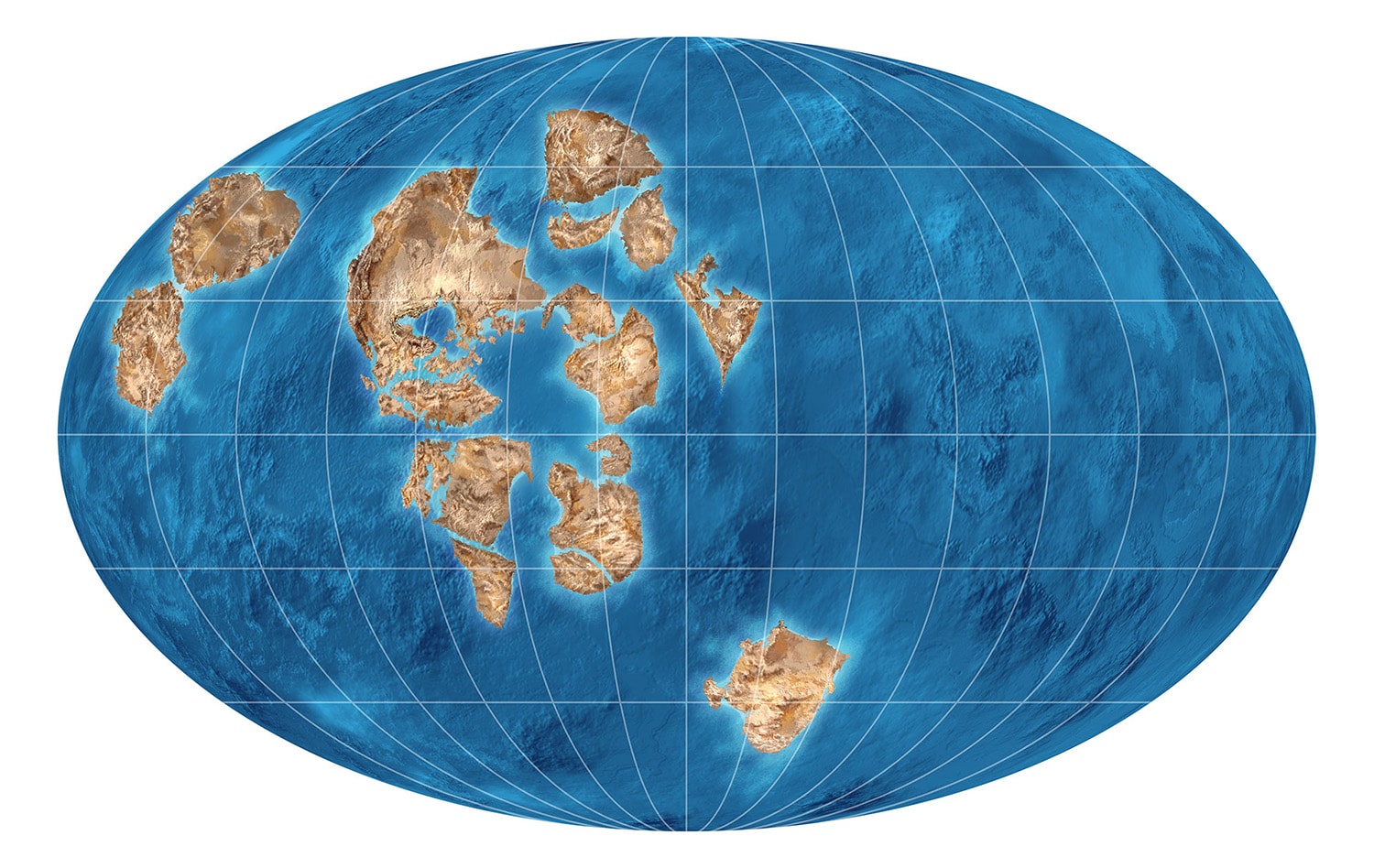
28 interesting facts about Rodinia
- 👁️ 230
Rodinia is one of the Earth’s ancient supercontinents, a colossal landmass whose history provides crucial insights into the planet’s geological and atmospheric evolution. Existing more than a billion years ago, Rodinia’s formation and eventual breakup set the stage for the development of complex life forms and the configuration of continents as we know them today. Its existence is a testament to the dynamic and ever-changing nature of our planet. The study of Rodinia not only helps scientists understand the Earth’s geological past but also aids in the exploration of life’s early conditions and the mechanisms driving continental drift. Here are 28 interesting and informative facts about Rodinia that highlight its significance in Earth’s history.
- Rodinia is believed to have formed between 1.3 billion and 900 million years ago during the Precambrian era.
- The name “Rodinia” means “to give birth” in Russian, reflecting the continent’s role in the birth of continents and oceans that followed its breakup.
- Rodinia is thought to have broken apart in a series of events between 750 and 633 million years ago.
- The supercontinent encompassed most of the Earth’s landmass during its existence.
- Rodinia’s breakup is associated with one of the most significant ice ages, known as the Snowball Earth period.
- The assembly of Rodinia is believed to have had a major impact on the Earth’s climate and environment, leading to changes in ocean circulation and atmospheric composition.
- Evidence of Rodinia’s existence comes from geological and paleomagnetic data collected from ancient rock formations around the world.
- The supercontinent included the cores of present-day continents such as North America, Antarctica, Australia, and parts of Asia, Africa, and South America.
- Rodinia’s formation likely led to a decrease in coastal areas and shallow seas, which are crucial for marine life and the carbon cycle.
- The Grenville Orogeny, a mountain-building event, is associated with the assembly of Rodinia and resulted in the formation of mountains across what is now eastern North America.
- Some theories suggest that Rodinia was centered around the equator, which influenced global climate patterns.
- The breakup of Rodinia is thought to have contributed to the diversification of life in the late Precambrian era.
- Rodinia’s existence is part of the supercontinent cycle, the periodic assembly and breakup of supercontinents over Earth’s history.
- The supercontinent’s breakup led to the formation of smaller continents and the Pan-African Ocean.
- Rodinia is one of the few supercontinents whose existence is supported by extensive geological evidence, though its exact configuration is still debated among scientists.
- The concept of Rodinia was first proposed in the 1970s, but it was not until the late 1980s and early 1990s that significant evidence supported its existence.
- Following Rodinia’s breakup, its fragments eventually reassembled into another supercontinent, Pannotia, and later Pangaea.
- The dispersal of Rodinia is linked to significant volcanic and tectonic activity, which played a role in the formation of new ocean basins.
- The study of Rodinia helps scientists understand the tectonic forces that shape the Earth’s surface over geological time scales.
- The presence of similar geological formations on now-distant continents is one of the key pieces of evidence for Rodinia’s existence.
- Rodinia’s formation brought together previously separate landmasses, which affected the distribution and evolution of early life forms.
- The supercontinent’s breakup may have led to increased nutrient levels in the oceans, spurring biological productivity.
- Reconstructions of Rodinia require the integration of data from geology, paleomagnetism, and geochronology.
- Rodinia is believed to have had a profound impact on the Earth’s biosphere, atmosphere, and hydrosphere.
- Some models suggest that Rodinia was surrounded by a superocean called Mirovia.
- The breakup of Rodinia is thought to have created conditions that led to the rise of multicellular life forms.
- Understanding Rodinia’s lifecycle provides insights into the processes of continental drift and plate tectonics.
- The exploration of Rodinia is an ongoing area of research, with new discoveries continually refining our understanding of this ancient supercontinent.
Rodinia’s story is a fascinating chapter in Earth’s history, offering valuable lessons about the planet’s geological processes and the evolution of its environment and life. The study of this ancient supercontinent underscores the interconnectedness of Earth’s systems and the significance of geological events in shaping the world we inhabit today. As research continues to unravel the mysteries of Rodinia, we gain a deeper appreciation for the dynamic nature of our planet and the intricate history that has led to the present day.
Rodinia is one of the Earth’s ancient supercontinents, a colossal landmass whose history provides crucial insights into the planet’s geological and atmospheric evolution. Existing more than a billion years ago, Rodinia’s formation and eventual breakup set the stage for the development of complex life forms and the configuration of continents…